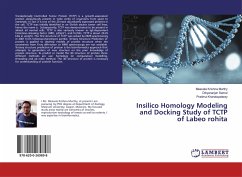In evolutionary biology, homology refers to any similarity between characteristics of organisms that is due to their shared ancestry. The word homologous derives from the ancient Greek , 'to agree'. There are examples in different branches of biology. Anatomical structures that perform the same function in different biological species and evolved from the same structure in some ancestor species are homologous. In genetics, homology refers to a similarity of DNA sequences. The DNA sequences are usually similar, not identical. DNA sequences in the same cell can be similar, and DNA in different organisms can be similar. DNA codes with similar sequences are presumed to have a common ancestry. Homologous chromosomes are chromosomes with the same genes and similar sequences. Homology is important in reproduction because pairs of homologous chromosomes line up together during meiosis. The concept of homology is contrasted with that of analogy, which refers to two structures that perform the same or similar function by a similar mechanism but evolved separately.
Bitte wählen Sie Ihr Anliegen aus.
Rechnungen
Retourenschein anfordern
Bestellstatus
Storno








